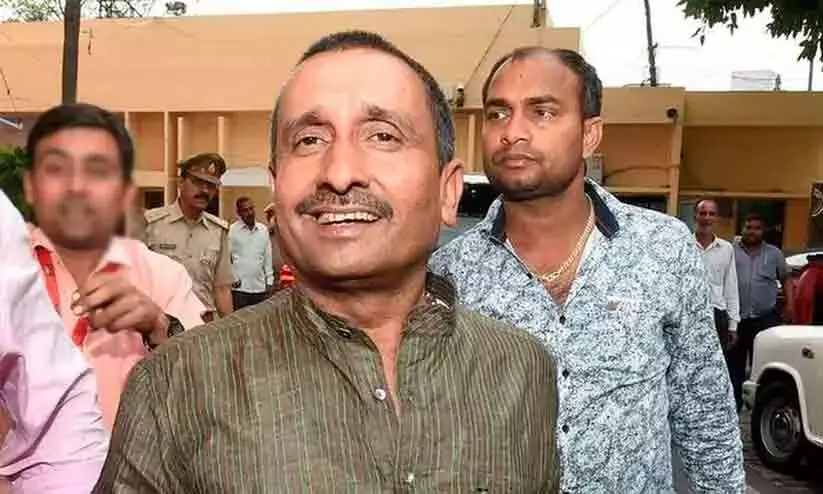
B’luru youngsters high on obesity-linked comorbidities, says report
text_fieldsNew Delhi: Obesity in India is a significant public health concern, as it is associated with an increased risk of non-communicable diseases (NCDs), which account for 5.87 million deaths annually in the country.
This silent epidemic, often overshadowed by other health issues like cancer, diabetes, and arthritis, poses a serious threat to the nation's economy, work productivity, and the general physical and mental well-being of the population.
Recognising the urgency of addressing this issue, HexaHealth has initiated a comprehensive two-month survey to understand the multifaceted dimensions of obesity in India.
The recently released report sheds light on the severity of the issue, particularly among youngsters in Bengaluru, where the under-20 population demonstrates the highest rate of comorbidities.
The study of 1,000 obese individuals in Bengaluru, Mumbai, and Delhi reveals a startling 15 per cent of under-20 Bengaluru youngsters already grappling with more than one comorbidity.
The findings highlight a concerning trend of comorbidities surfacing early in life. By the age of 26-35, the rates in Delhi and Mumbai skyrocket to 36 per cent and 41 per cent, respectively.
Moreover, the HexaHealth study underscores a significant surge in chronic joint pains and hypertension from the age of 26 onwards. The number of comorbidities quadruples between ages 26 and 35 and sees a 50 per cent increase between 36 to 45 years.
Ankur Gigras, CEO and Co-founder of HexaHealth, expressed his concern about the high occurrence and awareness of obesity in Mumbai, Delhi, and Bengaluru. The revelation of comorbidities in individuals under 20 is particularly alarming, suggesting a potential impact of the pandemic lockdown on metabolism.
The survey outcomes align closely with existing scientific research, emphasizing the urgent need for addressing obesity-related health concerns at both medical and social levels. Gigras stressed the importance of concerted efforts and awareness campaigns to combat the intricate interplay of obesity and comorbidities in these cities.
The comprehensive analysis focused on individuals aged 18 to 55 with a BMI of 30 or higher, classifying them as obese. Among the key findings, joint and orthopaedic issues stood out as more prevalent, affecting 21 per cent of obese individuals.
The survey also revealed varied responses towards medical treatments, fitness efforts, dieting, the impact of working from home on obesity, the use of fitness gadgets, and users on medication across Mumbai, Delhi, and Bengaluru.
With agency inputs
























